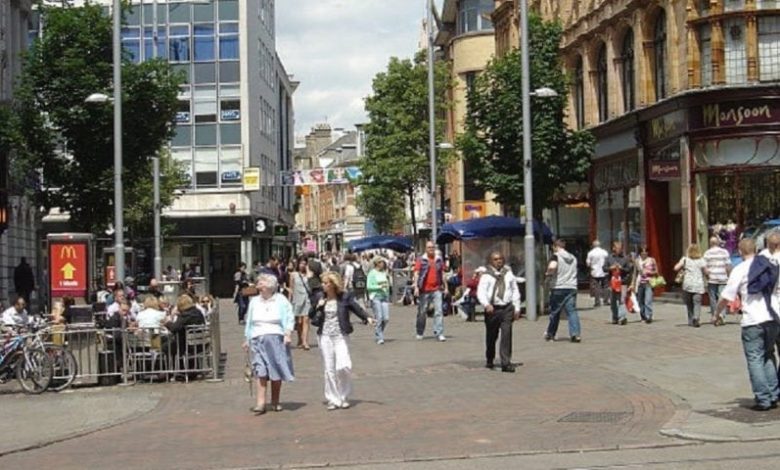
Register to get 1 free article
Reveal the article below by registering for our email newsletter.
Want unlimited access? View Plans
Already have an account? Sign in
Nearly 43,000 retailers ended the first quarter of the year in a state of ‘significant’ financial distress, according to research from insolvency firm Begbies Traynor.
Its ‘Red Flag Alert’ research for Q1 2018, which monitors the financial health of UK companies, found the number of firms in the category was up 21% compared with the same period last year, when it stood at 35,555.
Of these businesses, general retailers saw the largest increase in distress (up 25% year on year) with 30,668 retail companies ending the quarter in ‘significant’ financial distress, as consumer discretionary spending continued to fall – experiencing its worst quarterly performance since Q4 2012.
In contrast, the UK’s food and drug retailers, whose products are more widely regarded as essential purchases, saw a less marked deterioration in their corporate health over the period, with 12,290 businesses in ‘significant’ distress; up just 11% over the past 12 months.
The retail sector is not alone: all sectors of the economy which are reliant on consumer spending experienced an increase in financial distress over the period, as consumers continued to cut back on non-essential spending.
Excluding retail, the bars and restaurants sector had the most companies in significant financial distress (up 9%, to 16,640 firms). This was followed by leisure and cultural activities (up 34% to 12,143 businesses), hotels and accommodation (up 13% to 4,947 businesses) and travel and tourism (up 25% to 3,722 businesses).
Julie Palmer, partner and retail expert at Begbies Traynor, said: “Almost weekly we hear news of another major retailer that is struggling – from the recent administrations of Maplin and Toy ’R’ Us, to Carpetright’s closure of a quarter of its stores and the recent CVAs of New Look and Select – indicating that even the most established brands are failing to entice customers through their doors.
“With competition on the high street fiercer than ever and sales volumes expected to be flat at best this year, those retailers with sophisticated delivery options and a strong multi-channel offering are likely to come out on top. At the same time, any businesses who are still playing catch-up on the technology front, or have failed to grow their customer base or invest in modernising legacy systems, are only going to lag further behind the pack.”
She added: “However, there is a glimmer of hope on the horizon for the UK’s consumer-facing industries who have weathered the storm thus far. With inflation falling back, lower unemployment and real wage growth finally returning, we should hopefully see households start spending again as the weather improves.”






